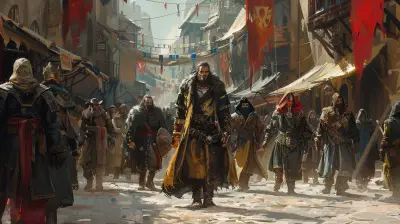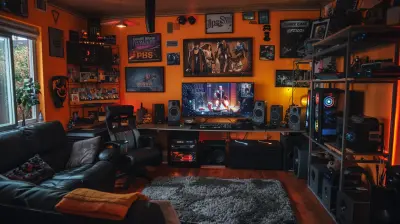The Rise of Asymmetric Warfare in Real-Time Strategy
22 July 2025
Real-Time Strategy (RTS) games have come a long way. From the pixelated armies of the '90s to today's hyper-detailed battlefield simulators, the genre has evolved dramatically. But one of the most intriguing shifts we've seen lately? The rise of asymmetric warfare.
If you're scratching your head, thinking, "What the heck is asymmetric warfare?"—don't worry, you're not alone. Let’s break down what it is, why it’s creating waves in the RTS world, and how it’s changing the way we play these games altogether.
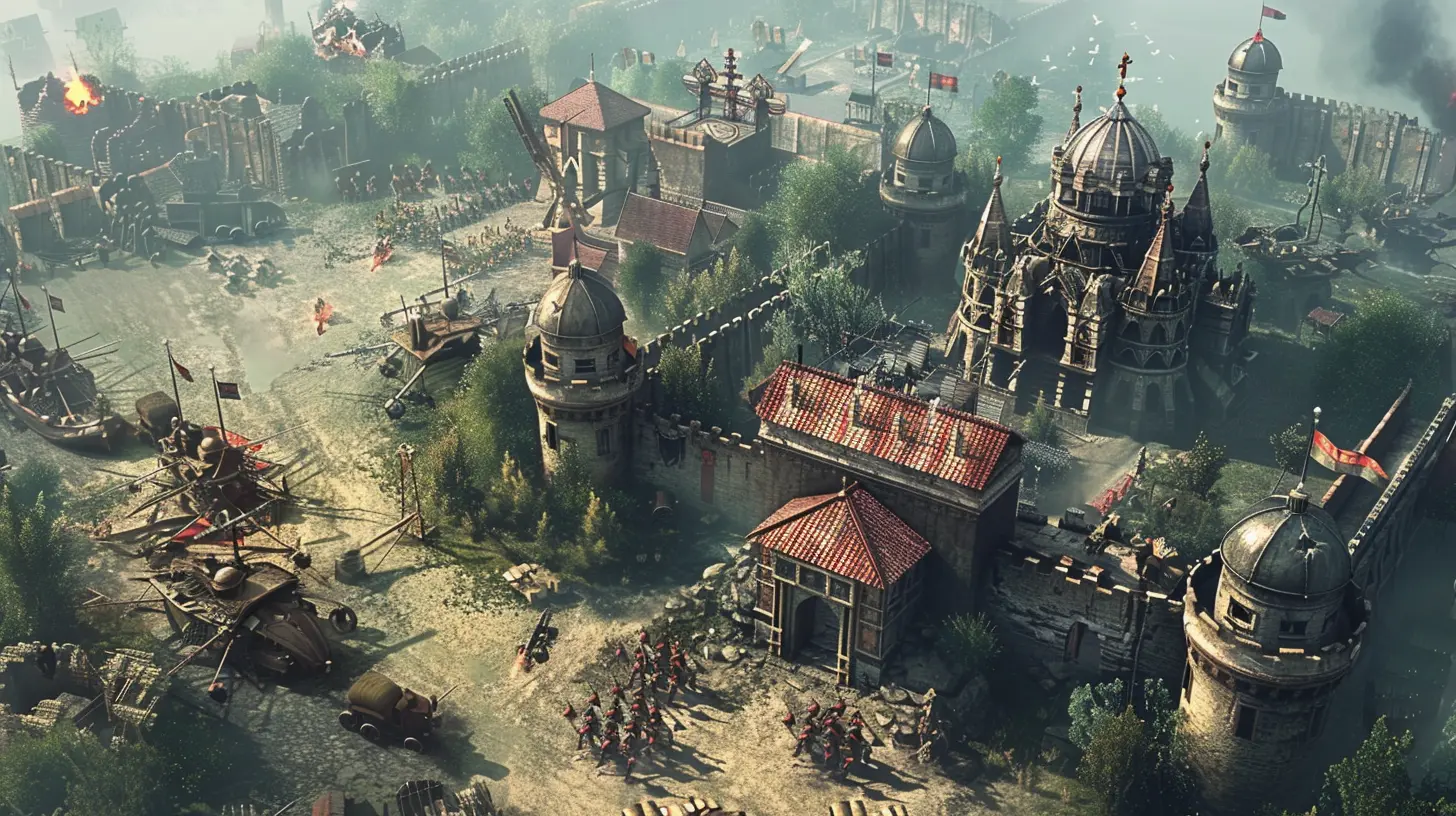
What is Asymmetric Warfare in RTS Games?
Alright, let’s lay it out plainly. Asymmetric warfare in RTS games means that the playable factions aren't carbon copies of each other. They don’t have mirrored units, tech trees, or strategies. Instead, each faction or side comes with its own unique mechanics, strengths, weaknesses, and playstyles.So unlike classic RTS games where every side has a tank, a sniper, and a base structure that’s basically just a color-swap of the others, asymmetric RTS factions could be wildly different. Think of it like chess, but each player has their own custom set of pieces—and still has to beat the opponent on the same board.
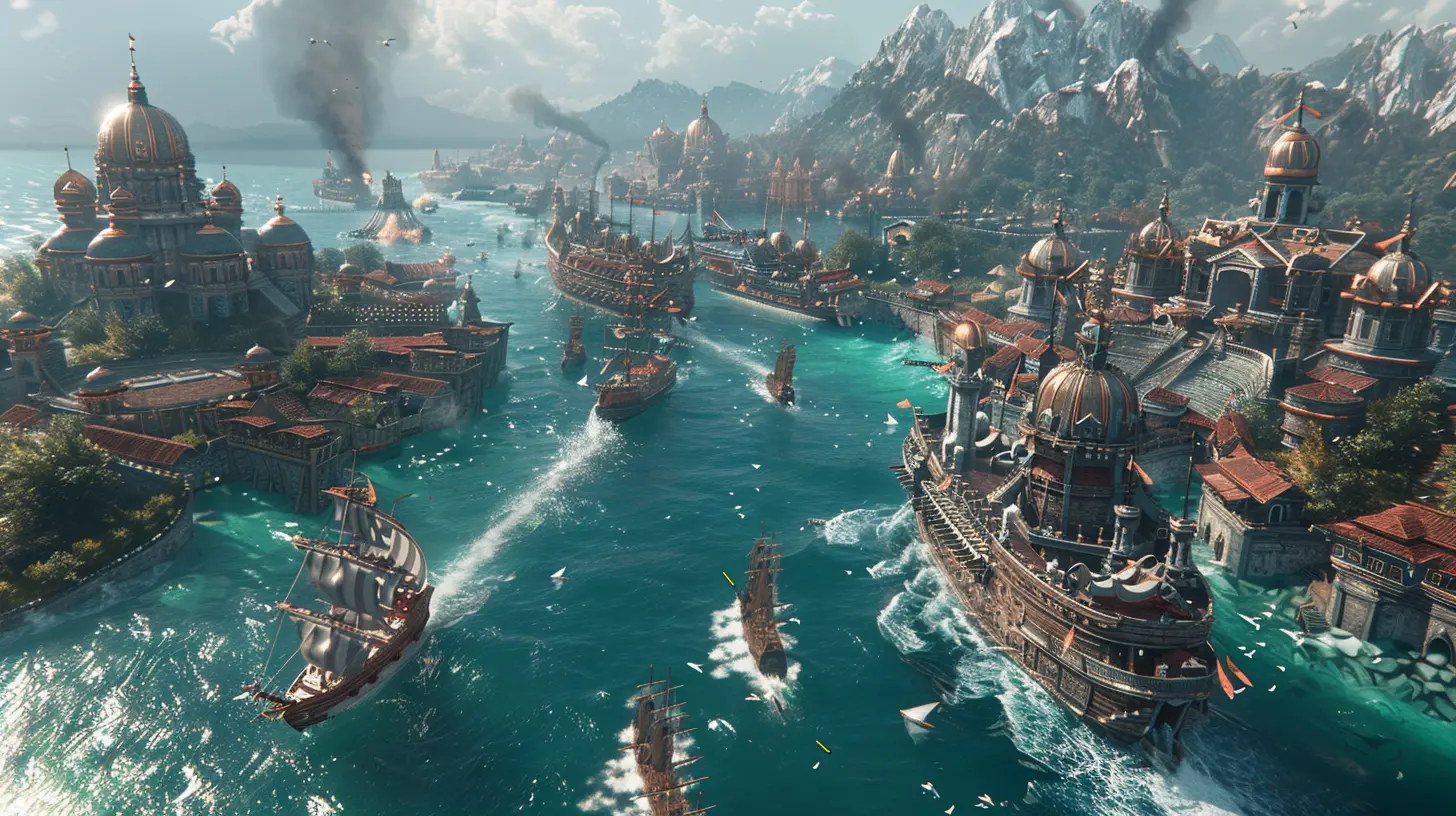
How It All Started: A Quick History
To really understand why asymmetric warfare is such a big deal now, we’ve got to look back for a second.Back in the golden age of RTS—think Command & Conquer, Age of Empires, and StarCraft—we had a mix of symmetric and lightly asymmetric factions. Most of the time, it was just a case of slight differences. Maybe one faction had faster units, another had stronger defenses, and so on.
The first major crack in that mold? StarCraft, without a doubt. Blizzard introduced three radically different races: Terran, Zerg, and Protoss. Each had its own economy, unit roster, and tech tree. It wasn’t just a gimmick—it fundamentally changed strategies and how players approached the game.
And guess what? It worked. StarCraft became a global phenomenon and helped legitimize esports—largely because of this depth in gameplay.
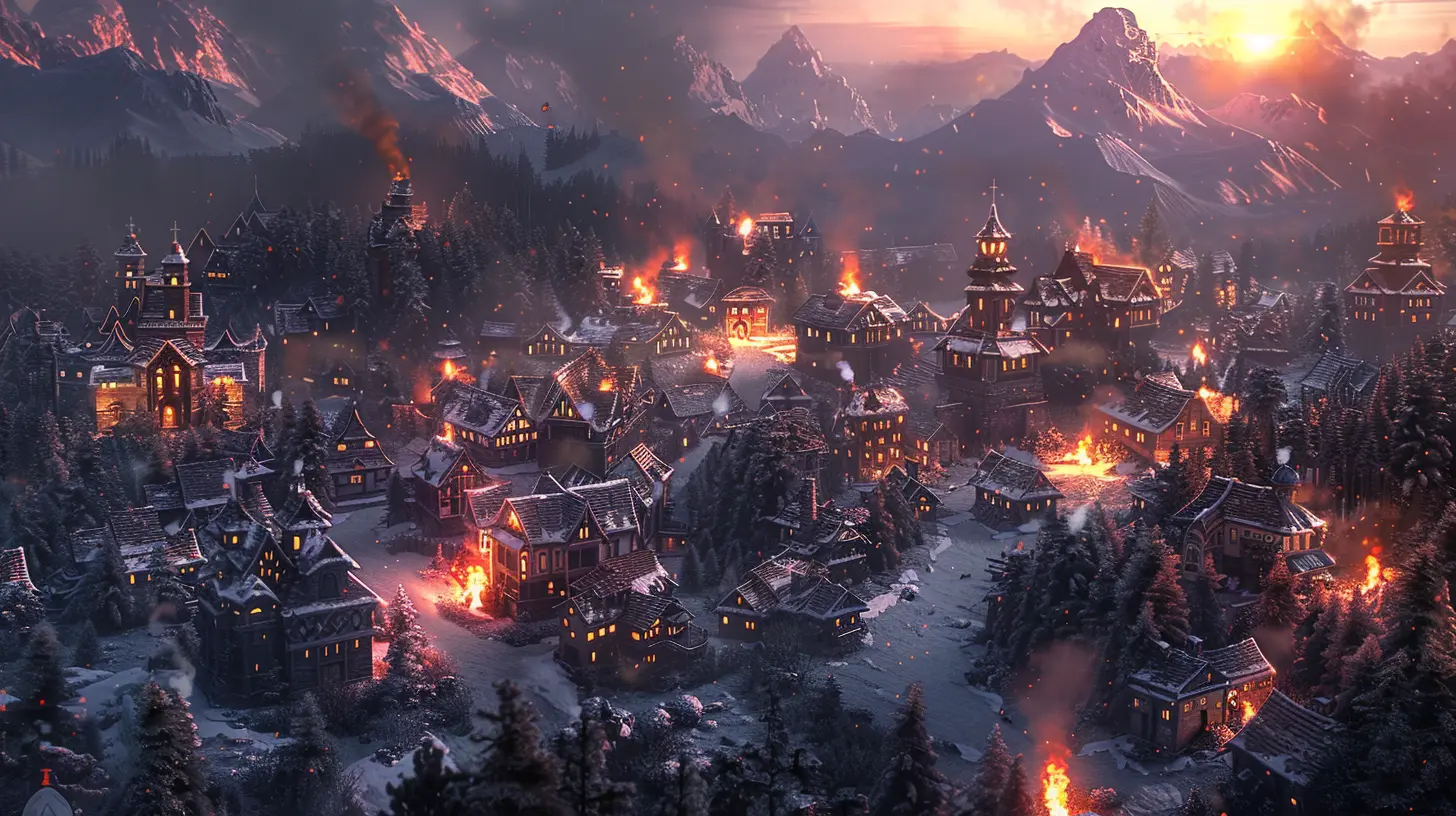
Why Players Are Drawn to Asymmetry
So, what’s the big appeal? Why are more players (and game developers) gravitating towards asymmetric warfare? It comes down to a few key reasons:1. Deep Strategy and Replay Value
Let’s be honest—symmetric games can get stale. Once you’ve figured out the best build order or tactics, that's kind of it. But throw asymmetry into the mix? Boom. You’ve got endless combinations and match-ups to explore.Every match feels like a new puzzle to solve. Playing against the Zerg as Protoss is completely different than playing against Terran. It keeps the gameplay fresh and unpredictable.
2. Unique Identity for Factions
Factions with cookie-cutter units don’t leave much of an impression. But when each one plays like its own separate game? That’s when players start forming loyalties.Take Company of Heroes, for example. Playing as the Wehrmacht vs. the US Forces feels like completely different roles. Players get attached to their favorite faction not just because of aesthetics, but because it “fits” how they like to play.
3. Real-World Inspiration
If you’ve looked at actual military conflicts (hello, history nerds), you’ll see that wars are rarely fought on even footing. Guerrilla fighters, cyber warfare, unconventional tactics—these are all examples of real-world asymmetric warfare. RTS developers are leaning into this, making their games feel more grounded and believable.And let’s be real—playing as the underdog with clever tactics always feels more satisfying than steamrolling your enemy with brute force.
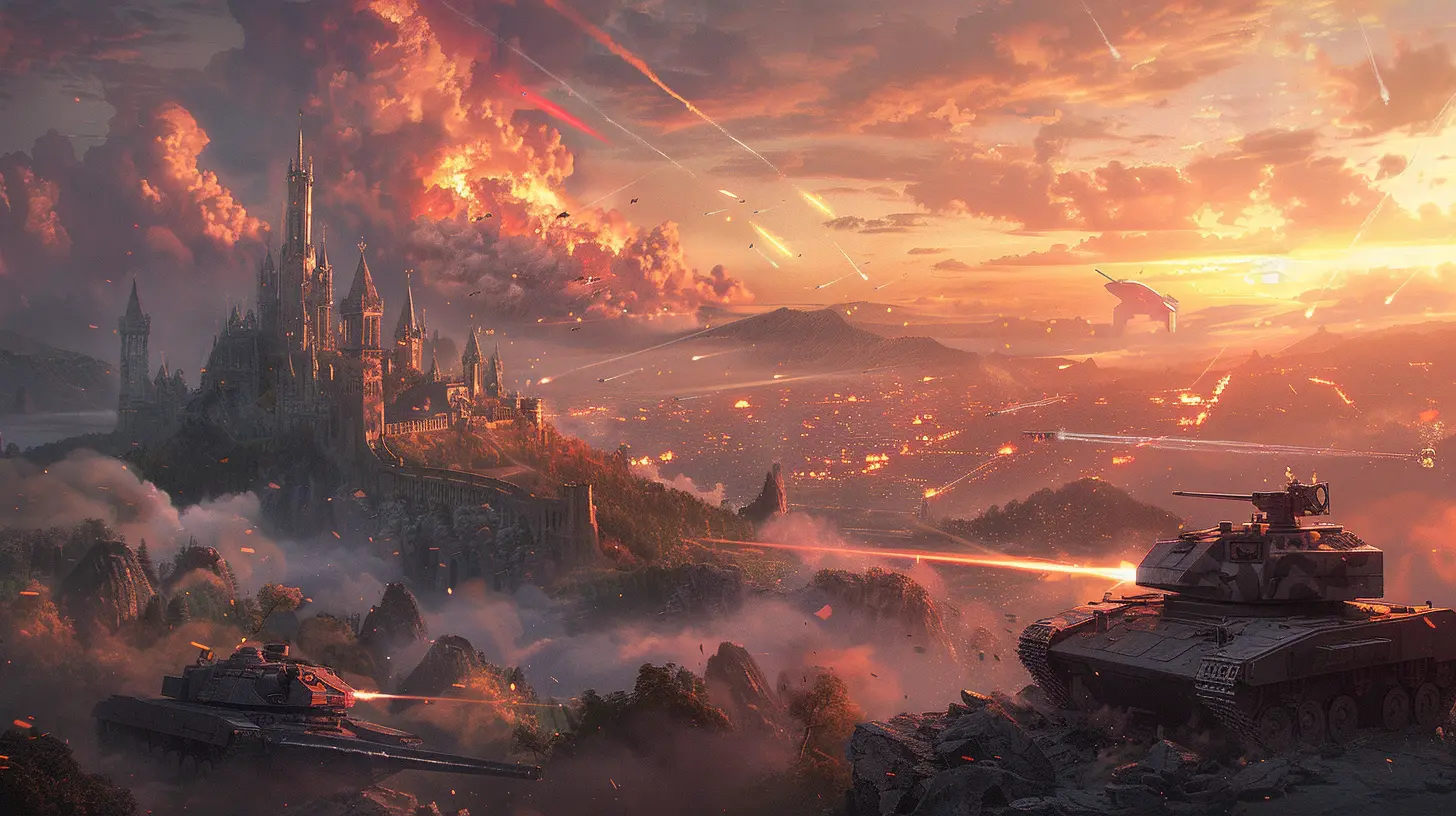
Examples of Asymmetric Warfare Done Right
Enough talk, let’s get into the good stuff. Here are some RTS titles that have absolutely nailed asymmetric warfare.✦ StarCraft Series
We mentioned it before, but it deserves a deeper dive. StarCraft didn’t just introduce asymmetrical design—it perfected it.- Terran: Balanced, defensive, adaptable
- Zerg: Swarming, fast, organic
- Protoss: Technologically advanced, expensive, powerful
These three factions play so differently it’s almost like three mini-games under one roof. And yet, all three are capable of winning. That’s the beauty of tight balancing in asymmetrical design.
✦ Company of Heroes
This series mixes historic realism with intense asymmetrical faction design. The US forces rely on mobility and flexibility, while the British lean into entrenchment and heavy armor.The devs put a ton of effort into making sure each side feels historically accurate yet fully viable. It’s gritty, it’s immersive, and it rewards knowing your faction like the back of your hand.
✦ Northgard
This underrated gem shakes things up by giving each Viking clan a totally different playstyle. Some focus on economy, others on war or even mystical powers. It makes matches feel dynamic, and choosing a clan becomes more than just a cosmetic choice—it’s a strategic identity.✦ Iron Harvest
Set in an alternate post-WWI dieselpunk world, Iron Harvest delivers asymmetry in a lore-rich universe. Different factions have unique mechs, abilities, and unit synergies. It’s not just about who clicks faster; it’s about who executes their strategy better.Challenges of Asymmetric Design (Yep, It’s Not All Sunshine)
As awesome as this sounds, asymmetric warfare isn't a walk in the park for game devs—or players. It comes with its own baggage.⚠️ Balancing Is a Nightmare
Balancing symmetric factions is already tough. But asymmetric ones? That’s a whole different beast. Devs have to make sure every faction can compete fairly against the others, even though they play so differently.One OP faction could break the game and scare off competitive players. It’s a delicate dance between innovation and fairness.
⚠️ Higher Learning Curve
Let’s face it—some RTS fans just want to build a base and send tanks at the bad guys. With asymmetry, you’ve got to dive deep into each faction’s mechanics to really get good. That means steeper learning curves, and potentially longer onboarding for new players.⚠️ Community Fragmentation
When each faction plays totally differently, the player base can splinter. Some players might only stick to one or two factions, which can make matchmaking tricky and limit diversity in casual games.
The Future of Asymmetric Warfare in RTS
So, what’s next? Is this just a passing trend or the future of RTS?Honestly, it looks like asymmetry is here to stay—and it's only getting more ambitious. New titles are pushing the envelope even further, blending in elements from MOBAs, RPGs, and even survival games to mix up the formula.
We’re seeing hybrid genres like They Are Billions, where players face massive waves of enemies but with RTS base-building mechanics. Even games like Total War: Warhammer are experimenting with wildly different faction identities in their campaign and battle systems.
Could AI Spice Things Up?
Another potential game-changer? AI. We're already seeing smarter unit interactions and adaptive enemies thanks to machine learning. Imagine factions that evolve differently based on your playstyle. That’s asymmetry on steroids.Final Thoughts: Why Asymmetry Makes RTS More Alive
Here’s the bottom line: Asymmetric warfare injects life into RTS games. It makes every match feel like a chess game played on unpredictable terrain—where the pieces don’t just look different, they play different too.It brings variety, flavor, and identity to a genre that sometimes risks becoming formulaic. Sure, it’s harder to balance and tougher to learn, but the rewards? Totally worth it.
Asymmetric RTS games force you to think, adapt, and strategize in fresh ways. That’s what keeps us clicking long after the first mission is done.
Feeling inspired to dive back in? Pick a faction that speaks to your soul and master it. Just don’t be surprised when your opponent brings something completely unexpected to the battlefield.
all images in this post were generated using AI tools
Category:
Real Time StrategyAuthor:

Emery Larsen
Discussion
rate this article
2 comments
Theo Frank
Asymmetric warfare in RTS games adds depth and strategy, challenging traditional playstyles. It encourages creativity and adaptability, reshaping player approaches and enhancing the overall gaming experience.
November 22, 2025 at 4:20 PM

Emery Larsen
Thank you for your insightful comment! I completely agree that asymmetric warfare introduces exciting layers of strategy and creativity, pushing players to rethink their tactics and enhancing the overall experience in RTS games.
Zeno McGrady
This article brilliantly highlights the innovative strategies shaping the future of real-time strategy games. Asymmetric warfare introduces fresh challenges that demand creativity and adaptability from players. Embracing these dynamics not only enhances gameplay but also cultivates resilience and strategic thinking. Exciting times are ahead for RTS enthusiasts! Keep pushing boundaries!
August 2, 2025 at 3:08 AM

Emery Larsen
Thank you for your insightful comment! I'm glad you enjoyed the article and see the potential of asymmetric warfare in RTS games. Exciting times indeed!
